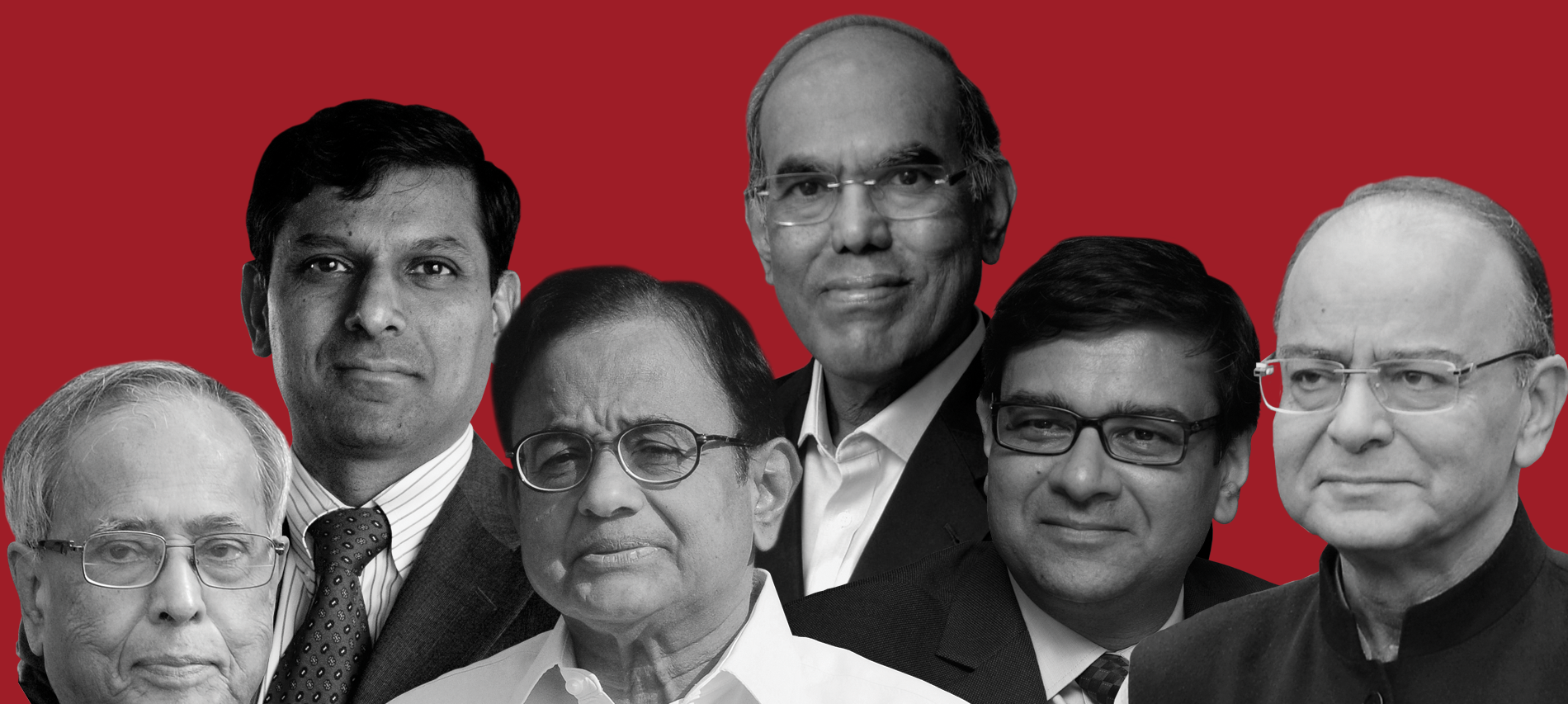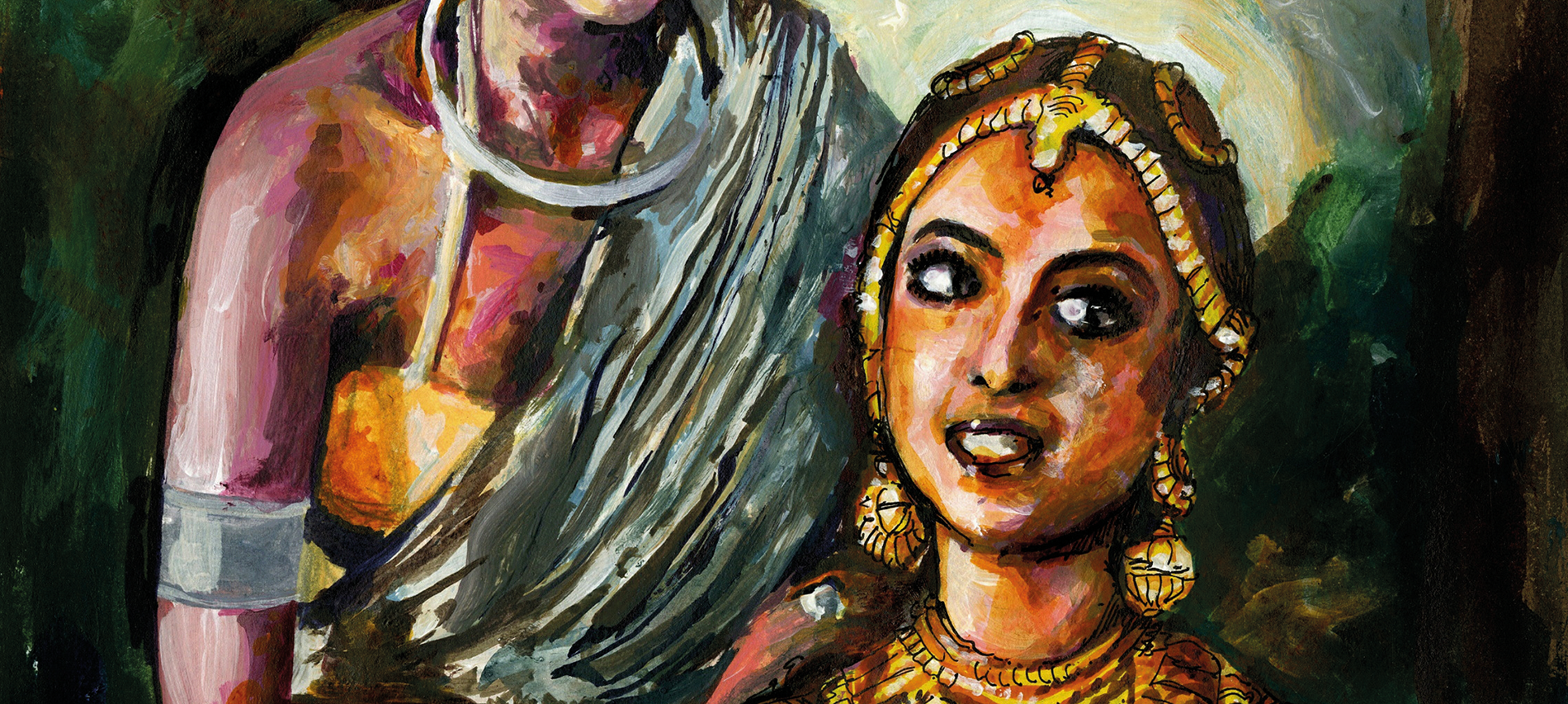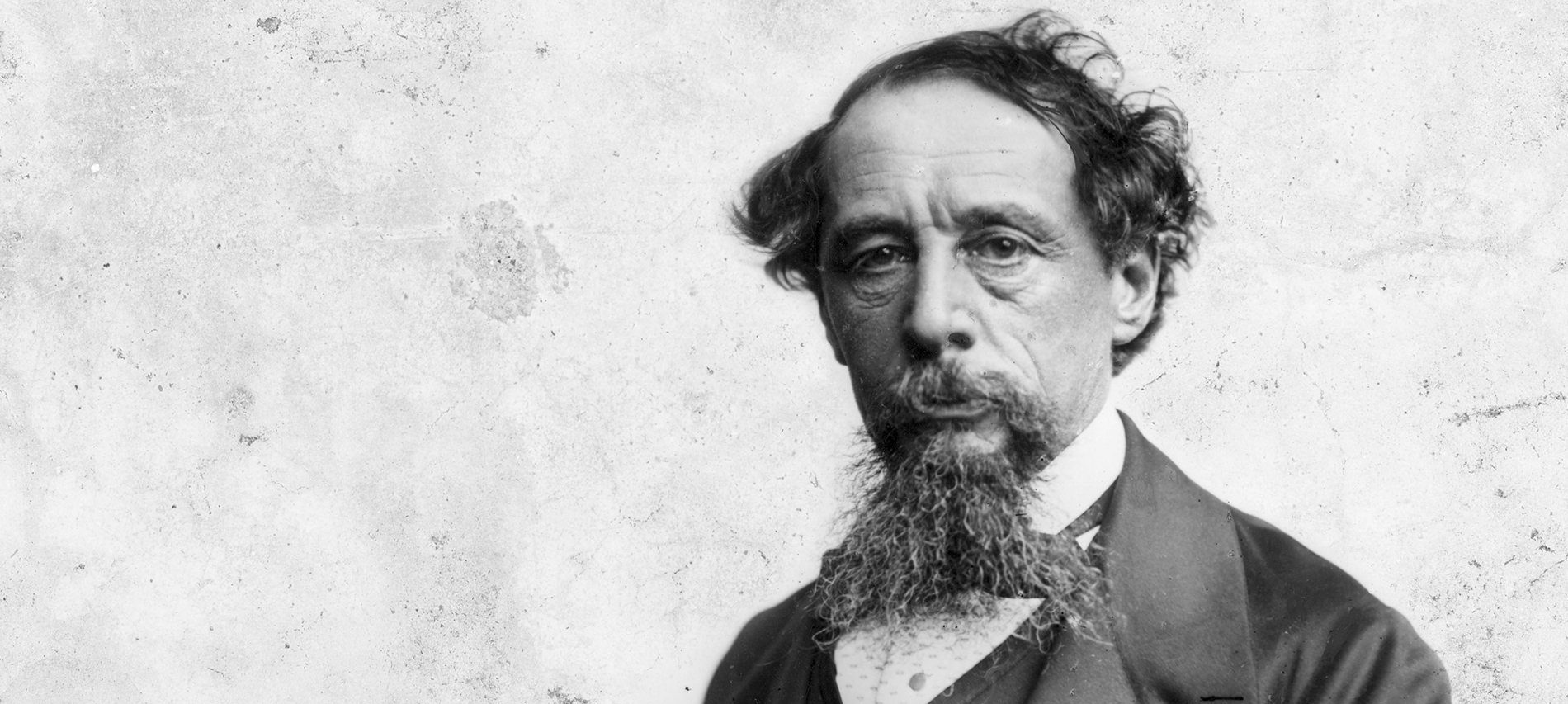Indu Bhan is one of India’s top legal reporters with over a decade of experience writing about the Indian legal system. Her latest book, The Dramatic Decade, deals with the landmark cases of Modern India gives the reader a ringside view of what happened both inside and outside the courts.
Here we look at 5 lesser known facets of this well-known legal personality.





We bet you didn’t know all of these!

Tag: Penguin India
Listicle: 6 exercises to get you warmed up for functional fitness
Shivoham is the trainer behind Aamir Khan’s muscular look in Dhoom 3, Sonakshi Sinha’s bodacious curves in Dabangg, Jacqueline Fernandez’s lean physique and Abhishek Bachchan’s fitness. His book, The Shivfit Way will ensure that you won’t just get back in shape, you’ll also look forward to working out. The book is co authored by Shrenik Avlani, who is a newsroom veteran with nearly two decades of work experience as a leading writer in the field of endurance sport and fitness.
Here are 6 warming up exercises from the book that get you warmed up for functional fitness.






Do these seem helpful?
Get your copy of The Shivfit Way: A Comprehensive Functional Fitness Programme and start working on your fitness goals.

5 Facts about the Landmark Cases of Modern India that will Blow Your Mind
The Dramatic Decade: Landmark Cases of Modern India, is a collection of some of the landmark cases of Modern India that have impacted the collective conscious of the entire nation.The book gives the reader a ringside view of what happened both inside and outside the courts.
Let’s take a look at these facts.
1. The Parliament Attack – 13 December 2001
2. Nirbhaya – 16 December 2012

3. The 26/11 Mumbai Attacks – 26 November 2008

4. The Babri Masjid Demolition – 6 December 1992

5. The Uphaar Tragedy – 13 June 1997
 ————
————

The Skull of Alum Bheg, An Excerpt
In 1963, a human skull was discovered in a pub in Kent in south-east England. The skull is a troublesome relic of both anti-colonial violence and the brutality and spectacle of British retribution.The Skull of Alum Bheg: The Life and Death of a Rebel of 1857 offers a critical assessment of British imperialism that speaks to contemporary debates about the legacies of Empire and the myth of the ‘Mutiny’.
Here’s an excerpt.
——————
As a havildar, Alum Bheg received a pay of 14 rupees per month, double that of ordinary sepoys, and this had been the rate for more than half a century, even as the prices of commodities increased over time.After 16 and 20 years’ service, sepoys would receive an extra bonus of one or two rupees per month, which according to one Indian officer, made a big difference: ‘A prudent sepoy lives upon two, or at utmost three rupees a month in seasons of moderate plenty; and sends all the rest to his family. A great number of the sipahees of our regiment live upon the increase of two rupees, and send all their former seven to their families.’ A substantial part of their salaries were indeed sent back to the sepoys’ villages, as Sleeman explained: ‘They never take their wives or children with them to their regiments, or to the places where their regiments are stationed. They leave them with their fathers or elder brothers, and enjoy their society only when they return on furlough. Three-fourths of their incomes are sent home to provide for their comfort and subsistence, and to embellish that home in which they hope to spend the winter of their days.’
The close link to a particular region and the ties between the sepoys and the villages, was an outcome of the unique recruitment practices of the Bengal Army as they had developed over the past century. As the East India Company became increasingly involved in politics during the second half of the eighteenth century, the nature of British rule in India gradually assumed all the trappings of a sovereign power. The Company was thus transformed from primarily a trading venture to a colonial state in its own right, which by 1818 derived most of its income from land revenue rather than trade. In order to maintain and expand its territorial possessions, the Company depended on local Indian soldiers led and trained by British officers along European military principles. At the time, however, the British were still an emerging power and had to compete with both Indian and European rivals, who were also offering similar service to local soldiers. Before the advent of the ‘civilising’ impulse, much of the Company’s legitimacy as a state power was, in fact, derived through the continuation of pre-colonial practices, which included the establishment of an army of high-caste Hindu sepoys. Out of sheer necessity, the Company in Bengal thus tapped into the military labour market of northern India and relied on existing networks of patronage and caste-ties to recruit peasant regiments directly from the zamindars or landholders of Awadh and Bihar. Accommodating high-caste usages and practices within its regiments was an effective means by which the East India Company could become an attractive and legitimate military employer in India during this period. The Company thus managed to establish a loyal base of recruitment by employing the rhetoric of high-caste status as well as the promise of regular pay and pension. The British recruited directly from the villages of Awadh and Bihar, and when sepoys returned from furlough, they would bring younger family members back to their regiment as prospective recruits. This dynamic reinforced the links between the regiment and the village and meant that parts of the Bengal Army functioned as a sort of extended kinship network. The end-result was a uniquely homogeneous body of sepoys in the Bengal Army, composed mainly of high-caste Brahmins, Bhumihars, and Rajputs.
The religious identity and social status of Alum Bheg and his fellow sepoys, however, did not simply pre-date colonial rule or reflect Indian traditions that were then merely adopted within the Bengal Army—the social status of the sepoy was itself a product of service within that army. A number of the religious and social identities linked to military service, the status of which was taken more or less for granted by 1857, had actually only emerged during the preceding century and were thus ‘invented’ traditions rather than timeless castes. The decline of the Mughal Empire had caused significant political and social turmoil, but it had also enabled groups such as the Rajputs and Bhumihars, or so-called agricultural Brahmins, of eastern Uttar Pradesh and Bihar, to establish a high-caste status through military service. This entailed a combination of the warrior ideal with the ritual purity and social privilege of Brahmins, and the observance of strict dietary rules associated with priestly Hinduism. At the same time, the indigenous military labour market was becoming increasingly constricted as the British, with the help of the sepoys expanded their sphere of influence. By 1818, the Company had established an effective monopoly of power on the subcontinent, having defeated or pacified most rival Indian states that would otherwise have provided employment for thousands of Indian troops. The Bengal Army, which constituted the military force throughout the newly ceded and conquered territories in north India, provided the perfect frame within which the reinvented high-caste military traditions of the Bhumihars and Rajputs could be formally institutionalised. It presented the sepoys with the opportunity to improve and secure their new-found status and by endorsing and encouraging the high-caste status of the sepoys, the British were better able to control their troops and ensure continued support from the local landowners in the regions that supplied recruits.
————

5 Star-crossed Couples From Literature Who Make Us Believe in Love
Literature has given us some iconic couples who have enthralled us with their story and made us believe that in the end love conquers all. They also show us how love can be found in the unlikeliest of places.
In this blog post, we cherish five of them.
———————-
1. Jay and Daisy – The Great Gatsby
 2. Sarah and Charles – The French Lieutenant’s Woman
2. Sarah and Charles – The French Lieutenant’s Woman
 3. Florentino and Fermina – Love in the Time of Cholera
3. Florentino and Fermina – Love in the Time of Cholera  4. Anna Karenina and Count Vronsky from Anna Karenina
4. Anna Karenina and Count Vronsky from Anna Karenina
 5. Lady Chatterley and Oliver from Lady Chatterley’s Lover
5. Lady Chatterley and Oliver from Lady Chatterley’s Lover
 —————-
—————-

5 Compelling Facts about the Microfinance Industry we bet You Didn’t Know
Tamal Bandyopadhyay, consulting editor at Mint, and adviser, strategy, at Bandhan Bank Ltd, is one of the most respected business journalists in India. His new book, From Lehman to Demonetization, features essays and interviews with the who’s who of this sector, including Raghuram Rajan, Arundhati Bhattacharya, Chanda Kochchar, Shikha Sharma, and many more.
Let’s look at 5 lesser known facts about this sector that the book attempts to shed some light on.
————————————





——————————-

The Clay Toy-Cart: Mrchchakatikam by Shudraka – An Excerpt
Shudraka is regarded as one of the foremost Sanskrit dramatists. Although his work has been lauded for centuries, his real identity remains a mystery. The Clay Toy-Cart remains one of the foundational works of Sanskrit drama, having been performed numerous times around the world and even serving as the inspiration for Girish Karnad’s highly acclaimed film Utsav.
Here is an excerpt from this iconic play.
—————————————————-
Radanika: (Moving about in fear) Oh my God! A thief has made a hole in the wall of our house and is now getting away! Let me try and rouse Arya Maitreya. Arya Maitreya! Please wake up! A thief had breached the wall and has now got away!
Vidushaka: (Awakens) You daughter of a whore! What are you saying? The thief has been breached and the hole is getting away?
Radanika: No joking for heaven’s sake, you wretch! Can’t you see this? (Points to the hole)
Vidushaka: You daughter of a whore! What do you mean by saying it again as if a second door has been opened? (To Charudatta) Oh! My friend Charudatta! Get up! Get up! A thief has bored a hole in our wall and has disappeared!
Charudatta: (Having risen) All right, that is enough joking!
Vidushaka: I am not joking. You see for yourself.
Charudatta: Where is the hole?
Vidushaka: Over here.
Charudatta: (Looks at the hole and exclaims) But what a beautiful hole! The bricks have been removed from top down! This hole is small at the top and large in the middle. As though this is the heart of this great mansion. Split due to fear of contact with one unworthy. There is expertise even in this kind of work!
Vidushaka: My friend, undoubtedly this breach has been made by one of two kinds of people. Someone new to the city or one merely practising his art! For who in this Ujjayini does not know the state of our finances?
Charudatta: Perhaps a man from foreign parts did it, By way of practising his skill, no doubt. Or he knew not that we were men unburdened with wealth, Who could sleep on soundly with a light heart! His hopes were raised by the first sight of our huge mansion Only to be dashed to the ground. After the long and arduous task of boring the hole. But what will he tell his friends now, that he broke into the house of the scion of a great merchant but found nothing at all to carry away?
Vidushaka: Why do you waste your pity on that thieving rascal? He must have thought that this was such a great big house that surely he could make away with a treasure in gems and gold ornaments! . . . Where is that bundle of ornaments? (Recollecting suddenly) My friend, you always say Maitreya is a fool, Maitreya is ignorant; have I not done well in putting that parcel of ornaments into your hands? Otherwise that son of a whore would have made off with it!
Charudatta: Please, no more jokes.
Vidushaka: I may be a fool but I do know the time and the place for jokes.
Charudatta: When did all this happen?
Vidushaka: When I told you your hands were cold!
Charudatta: Ah! That could have been it! (Looks pleased) Thank God I can tell you something agreeable!
Vidushaka: What? Has it not been stolen?
Charudatta: No, it has been stolen.
Vidushaka: Then why are you pleased?
Charudatta: That he did not go away empty-handed.
Vidushaka: But it had been left in our safe custody!
Charudatta: Oh! It was in our safe custody! (He swoons)
Vidushaka: Please compose yourself. If what was left in our care has been stolen, why do you fall in a faint?
Charudatta: (Recovers) Who will believe the truth of the matter? The world will deride me, for poverty lacks dignity; It is suspect in the eyes of all. Alas! Fate had already eloped with my riches, Why does the cruel one seek to sully my good name as well now?
Vidushaka: I can deny everything, who gave and who received. And who indeed was the witness?
Charudatta: Would I now utter a falsehood? I would not flinch from begging to earn the means to redeem the loss Of what was left in my care; But a falsehood that would destroy my reputation I shall never utter.
Radanika: I had better go and report all this to my mistress Dhuta.
———————————-

8 Things you didn’t know about Juggi Bhasin
Juggi Bhasin is well recognized for his thriller novels; The Terrorist, The Avenger, Blood Song, and Bollywood Deception. Before he published his first book, he was in the media. Not only was he one of the first television journalists in India, he was also the first to report for TV news in India from North Korea.
His latest book, Fear is the Key, revolves around an IIT graduate Rahul Abhyankar and his partner Suhel Bagga and his fiancée-to-be, who goes missing.
Here are 8 things you didn’t know about the author.








Gritty, fast-paced and unexpected, Juggi Bhasin’s new book will continue to give you chills long after you have read it.

10 Books by Charles Dickens Every Millennial Should Read
Charles Dickens can easily be termed as a phenomenon. The English writer and social critic was a hardworking journalist and a great novelist. He created some of the most cherished characters in literature: the Artful Dodger, Mr Pickwick, Pip, David Copperfield, Little Nell, Lady Dedlock, and many more.
Here we take a look at his 10 books that should be on every Millennial’s list.
1. Great Expectations
 In what may be Dickens’s best novel, humble, orphaned Pip is apprenticed to the dirty work of the forge but dares to dream of becoming a gentleman — and one day, under sudden and enigmatic circumstances, he finds himself in possession of “great expectations.”
In what may be Dickens’s best novel, humble, orphaned Pip is apprenticed to the dirty work of the forge but dares to dream of becoming a gentleman — and one day, under sudden and enigmatic circumstances, he finds himself in possession of “great expectations.”
2. A Tale of Two Cities
 A Tale of Two Cities, portrays a world on fire, split between Paris and London during the brutal and bloody events of the French Revolution.
A Tale of Two Cities, portrays a world on fire, split between Paris and London during the brutal and bloody events of the French Revolution.
3. Bleak House
 Regarded as Dickens’ masterpiece, the plot revolves around a long-running legal case entitled Jarndyce vs Jarndyce. Mixing romance, mystery, comedy, and satire, Bleak House limns the suffering caused by the intricate inefficiency of the law.
Regarded as Dickens’ masterpiece, the plot revolves around a long-running legal case entitled Jarndyce vs Jarndyce. Mixing romance, mystery, comedy, and satire, Bleak House limns the suffering caused by the intricate inefficiency of the law.
4. The Adventures of Oliver Twist
 The Adventures of Oliver Twist is the story of a young orphan. It revolves around his childhood in a workhouse, his subsequent apprenticeship with an undertaker, his escape to London and finally his acquaintance with the Artful Dodger. It is both an angry indictment of poverty, and an adventure filled with an air of threat and pervasive evil.
The Adventures of Oliver Twist is the story of a young orphan. It revolves around his childhood in a workhouse, his subsequent apprenticeship with an undertaker, his escape to London and finally his acquaintance with the Artful Dodger. It is both an angry indictment of poverty, and an adventure filled with an air of threat and pervasive evil.
5. A Christmas Carol
 Ebenezer Scrooge is a bitter, cold-hearted old miser lacking in Christmas spirit. He is visited by four ghosts, the ghost of his former business partner and the ghosts of Christmas Past, Present, and Yet to Come, who take Scrooge on respective journeys. One of the best-loved Yuletide tales by Dickens, a Christmas Carol is filled with compassion and humor.
Ebenezer Scrooge is a bitter, cold-hearted old miser lacking in Christmas spirit. He is visited by four ghosts, the ghost of his former business partner and the ghosts of Christmas Past, Present, and Yet to Come, who take Scrooge on respective journeys. One of the best-loved Yuletide tales by Dickens, a Christmas Carol is filled with compassion and humor.
6. David Copperfield
 David Copperfield is the story of a young man’s adventures on his journey from an unhappy and impoverished childhood to the discovery of his vocation as a successful novelist. In David Copperfield – the novel he described as his ‘favourite child’ – Dickens drew revealingly on his own experiences to create one of the most exuberant and enduringly popular works, filled with tragedy and comedy in equal measure.
David Copperfield is the story of a young man’s adventures on his journey from an unhappy and impoverished childhood to the discovery of his vocation as a successful novelist. In David Copperfield – the novel he described as his ‘favourite child’ – Dickens drew revealingly on his own experiences to create one of the most exuberant and enduringly popular works, filled with tragedy and comedy in equal measure.
7. Little Dorrit
 A masterly evocation of the state and psychology of imprisonment, Little Dorrit is one of the supreme works of Dickens’s maturity.
A masterly evocation of the state and psychology of imprisonment, Little Dorrit is one of the supreme works of Dickens’s maturity.
8. The Pickwick Papers
 Few first novels have created as much popular excitement as The Pickwick Papers – a comic masterpiece that catapulted its twenty-four-year-old author to immediate fame. Readers were captivated by the adventures of the poet Snodgrass, the lover Tupman, the sportsman Winkle and, above all, by that quintessentially English Quixote, Mr Pickwick, and his cockney Sancho Panza, Sam Weller.
Few first novels have created as much popular excitement as The Pickwick Papers – a comic masterpiece that catapulted its twenty-four-year-old author to immediate fame. Readers were captivated by the adventures of the poet Snodgrass, the lover Tupman, the sportsman Winkle and, above all, by that quintessentially English Quixote, Mr Pickwick, and his cockney Sancho Panza, Sam Weller.
9. Our Mutual Friend
 Charles Dickens’s last complete novel, Our Mutual Friend is a glorious satire spanning all levels of Victorian society. It centres on an inheritance – Old Harmon’s profitable dust heaps – and its legatees, young John Harmon, presumed drowned when a body is pulled out of the River Thames, and kindly dustman Mr Boffin, to whom the fortune defaults. The novel is richly symbolic in its vision of death and renewal in a city dominated by the fetid Thames, and the corrupting power of money.
Charles Dickens’s last complete novel, Our Mutual Friend is a glorious satire spanning all levels of Victorian society. It centres on an inheritance – Old Harmon’s profitable dust heaps – and its legatees, young John Harmon, presumed drowned when a body is pulled out of the River Thames, and kindly dustman Mr Boffin, to whom the fortune defaults. The novel is richly symbolic in its vision of death and renewal in a city dominated by the fetid Thames, and the corrupting power of money.
10. Dombey and Son
 A compelling depiction of a man imprisoned by his own pride, Dombey and Son explores the devastating effects of emotional deprivation on a dysfunctional family and on society as a whole. In his introduction, Andrew Sanders discusses the character of Paul Dombey, business and family relationships in Dombey and Son and their similarities to Dickens’s own childhood.
A compelling depiction of a man imprisoned by his own pride, Dombey and Son explores the devastating effects of emotional deprivation on a dysfunctional family and on society as a whole. In his introduction, Andrew Sanders discusses the character of Paul Dombey, business and family relationships in Dombey and Son and their similarities to Dickens’s own childhood.
——————————————-

An excerpt from The End of India by Khushwant Singh
Khushwant Singh, India’s best-known writer and columnist has authored classics such as Train to Pakistan, I Shall Not Hear the Nightingale and Delhi. He was awarded the Padma Vibhushan in 2007. His book, The End of India forces us to confront the absolute corruption of religion that has made us among the most brutal people on earth.
Here’s an intriguing excerpt from one of its chapters:
——————
It was during British rule that Hindu nationalism took birth. The most powerful movement, the Arya Samaj, began under the leadership of Swami Dayanand Saraswati (1824-1883). His call ‘Back to the Vedas’ received wide response, particularly in northern India. Amongst the Arya Samaj converts was the Punjabi Lala Lajpat Rai (1865-1928) who was both an ardent Hindu and a leader of the Indian National Congress. So was Bal Gangadhar Tilak (1856-1920) of Maharashtra who revived the cult of Ganapati and coined the slogan ‘Swaraj is our birthright’. In due course of time, Hindu militant organizations took birth.
The most important of these was the Rashtriya Swayamsevak Sangh (RSS) founded in 1925 by Keshav Baliram Hedgewar (1889-1940) in Nagpur. He propagated the cause of a Hindu rashtra, a Hindu state. He was anti-Muslim and also anti-Gandhi, because the Mahatma strove for equal rights for all religions. Hedgewar was succeeded by M.S. Golwalkar, who was followed by Balasaheb Deoras. Together, these leaders, all charismatic and all unashamedly communal, strengthened the organization through fascist propaganda, strict discipline and targeted social work among the Hindus during calamities like earthquakes and famines and during Partition.
By 1990, the RSS had over one million members, who included, among others, Atal Behari Vajpayee, L.K. Advani, Murli Manohar Joshi, Uma Bharti—the last three charged with the destruction of the Babri Masjid on 6 December 1992—and Narendra Modi, the present poster boy of the Hindu right who presided over the pogrom in Gujarat. The RSS was, and is, anti-Muslim, anti-Christian and anti-left. It could be dismissed as a lunatic group as long as it remained on the fringes of mainstream politics. Not any more. Its political offshoot, the Bharatiya Jan Sangh, today’s Bharatiya Janata Party, had only two MPs in the Lok Sabha in 1984, but by 1991 it had 117. Today, with its allies, it rules the country.
There are now several other Hindu organizations as, if not more, militant than the RSS. There is the Shiv Sena led by the rabble- rouser Bal Thackerey, an admirer of Adolf Hitler. He started with a movement called ‘Maharashtra for Maharashtrians’ aimed at ousting South Indians from Bombay. His mission soon changed to ousting Muslims from India. In the last decade or so he has spread his tentacles across the country and boasts of his sainiks taking the leading part in destroying the mosque in Ayodhya. Perhaps as reward he has his quota of ministers in the central government. Besides the Shiv Sena, there are the more mischievous Bajrang Dal and the Vishva Hindu Parishad, currently leading the agitation to build a Ramjanmabhoomi temple on the exact site where the now-destroyed Babri Masjid stood—no matter what the government or the courts of law have to say. This is typical. Most members of the extended Sangh parivar regard themselves above the law of the land. They have arrogated to themselves the right to decide the fate of one billion Indians.
———–

















